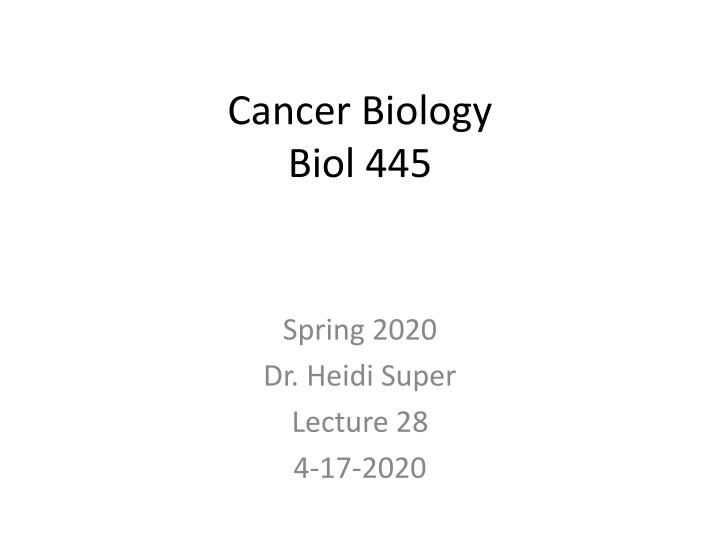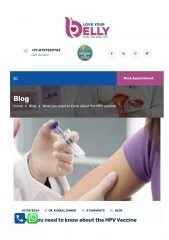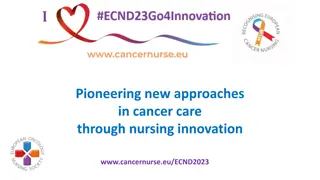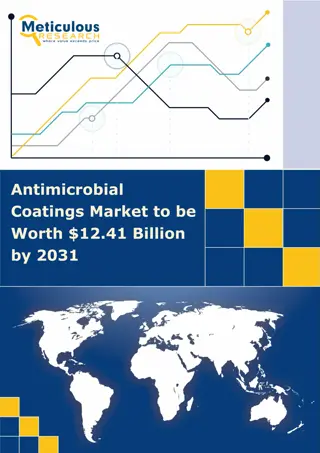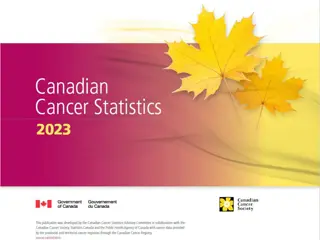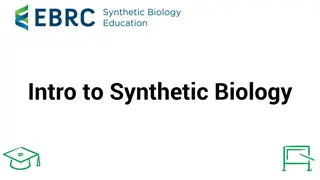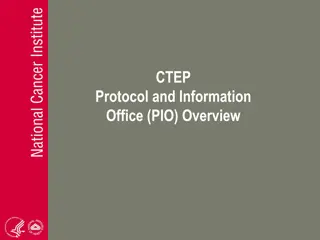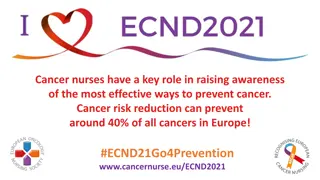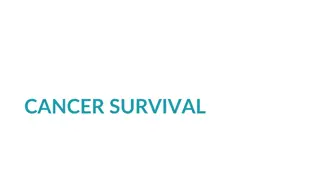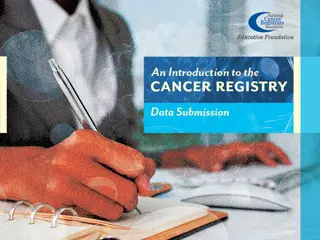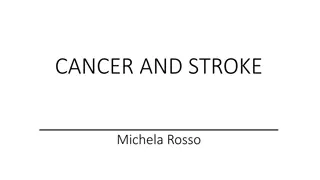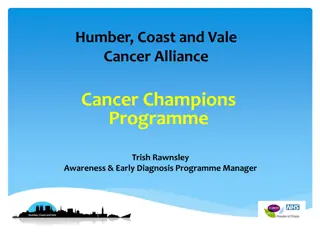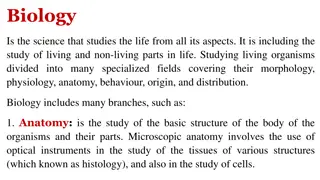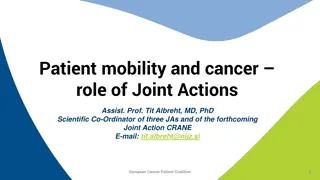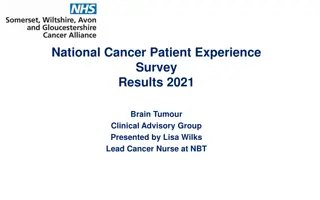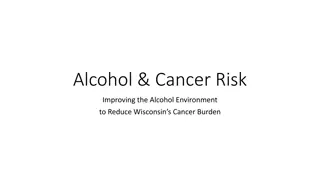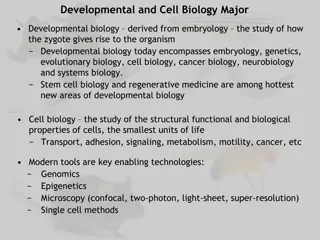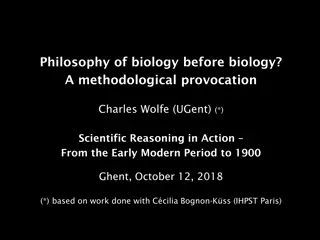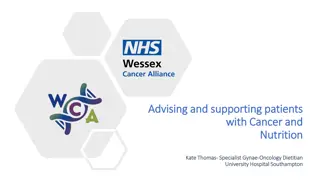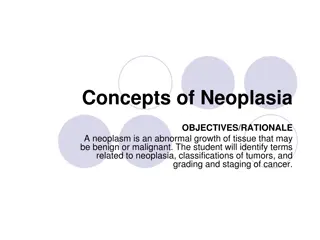Cancer Biology Biol 445
Dive into the world of cancer biology with a focus on gene expression analysis, genetic tests like Oncotype DX for breast cancer, and advancements in cancer screening methods. Explore the risks of exposure to radon, the use of radium in history, and the application of technologies like microarrays and direct sequencing in detecting abnormal gene expression in cancer. Discover how genetic analysis aids in determining the best treatment approaches for various cancers.
Download Presentation

Please find below an Image/Link to download the presentation.
The content on the website is provided AS IS for your information and personal use only. It may not be sold, licensed, or shared on other websites without obtaining consent from the author.If you encounter any issues during the download, it is possible that the publisher has removed the file from their server.
You are allowed to download the files provided on this website for personal or commercial use, subject to the condition that they are used lawfully. All files are the property of their respective owners.
The content on the website is provided AS IS for your information and personal use only. It may not be sold, licensed, or shared on other websites without obtaining consent from the author.
E N D
Presentation Transcript
Cancer Biology Biol 445 Spring 2020 Dr. Heidi Super Lecture 28 4-17-2020
Announcements Quiz 4---Please check blackboard for your scores and my comments. Please let me know if you can t see something---I gave scores for each question and comments on most answers. You should see more than just an overall score. Please email me to discuss any questions you may have. I m happy to have a second look.
Where were we? Radon---North Dakotans have considerable risk of exposure to a radioactive gas. Be educated. Radium use in watch dials is a tragic story in history. Cancer screening---Cologard test Detecting tumor antigens in blood---many tests us PCR---the same technology for finding Covid-19 specific DNA sequence in infected individuals.
Detecting abnormal gene expression in cancer Microarray for detecting amount of mRNA expressed in tumor vs. normal cells (looking at thousands of different genes at once) Microarray for detecting amount of protein expressed in tumor vs. normal cells (looking at thousands of different proteins at once) Direct sequencing (high throughput) to look for mutations in thousands of genes at once (even every gene at once)
Looking at a smaller number of relevant genes.
Oncotype DXbreast cancer A genetic test developed from lots of gene expression analysis experiments One test looks at a relevant set of 21 genes, to predict recurrence probability in breast cancer that is ER+, Her2-, with or without signs of metastasis (breast cancer cells in nearby lymph nodes)
A second test looks at 12 genes for mutations or changes in expression in ductal carcinoma in situ (DCIS). A type of breast cancer that occurs in milk duct cells and shows not metastasis. Figure 11-5 *In both type of tests---the genetic analysis helps the physicians recommend the best course of treatment.
Oncotype Dx for other cancers Since I last taught this course, Oncotype DX tests have been developed for colon and prostate cancer too! https://www.oncotypeiq.com/en-US https://www.genomichealth.com/en- US/oncotype_iq_products/oncotype_dx.aspx
Tests like the Oncotype tests belong to a set of newer approaches to health care called precision medicine . In general it uses DNA/gene analysis to predict risk for diseases, intervention and treatment responses.
Cancer treatment Surgery---oldest cancer treatment---still important. In many cases radiation or chemotherapy can only be successful if the tumor size is reduced in size. Surgery has had an interesting history. I highly recommend reading the Emperor of All Maladies. (Also PBS special)
At one time, surgery was really the only treatment for cancer. i.e. mastectomy removes obvious tumor tissue as well as normal tissue. Surgeons knew, complete removal of all cancer cells was tricky---so radical mastectomy became common. (This left a woman without lymph nodes, muscle, connective tissue. Disfiguring, life changing, and without much reduction in recurrence of the cancer)
Alternatives to traditional surgery Lumpectomy rather than mastectomy or other full removal of breast. Laser surgery Cryosurgery Electro surgery Ultrasound surgery
Radiation therapy Planned, controlled, repeated exposure of tumor cells to ionizing radiation (X-ray or other source) Most patients receive radiation in small, repeated, daily doses. Why? Figure 11-7 reminds us
Mechanism of killing cancer cells 1. p53 initiated apoptosis. (p53-mutants) 2. Mitotic death/catastrophe---recall ionizing radiation can cause DNA breaks. Cells cannot properly complete mitosis with fragmented DNA. Cells die while in the process of dividing at later stage---recall spindle checkpoint.
Limitations of radiation p53 mediated cell death is problematic since p53 is often mutated and non-functional in many cancers! Mitotic death only tumors with significantly high cell division rates are responsive. Slow-growing tumors less responsive Some cancers are radiation resistant. Table 11-1
Minimizing radiation exposure to healthy tissues. Radiation planning---personalized immobilization plan. Computer guided delivery. Shielding of healthy tissues. Brachytherapy---insertion of a small radioactive source directly into/near a tumor.
Enhancing radiation effectiveness Raising temperature of the tumor tissue Hyperthermia administered during or after radiation enhances the killing effect of radiation. Limited to tissues fairly close to surface Combining with chemotherapy drugs. Drugs which are taken up by tumor cells which a low in oxygen. (hypoxic radiosensitizers)
So.radiation is both a carcinogen and a cancer treatment/cure .be sure to think about the unique nature of cancer as a disease.
Chemotherapy Name for any chemical drug, administered systemically to treat disease. Not just cancer treatment. Often a component of cancer therapy combined with surgery and/or radiation Basic mechanisms kill cancer cells or interfere with ability to divide or support growth.
Classes of cancer chemotherapy Antimetabolites Alkylating agents Antibiotics Plant-derived enzyme or cell structure inhibitors Hormone/antihormone therapy
Antimetabolitesdisrupt normal metabolism pathways. Molecular resemblance (analogs) to normal metabolites. Fool enzymes into binding, but the normal chemical reaction does not occur. Many inhibit essential synthetic pathways (DNA and/or nucleotide synthesis) Very first type of chemotherapy used
Father of chemotherapy Sydney Farber: Used a folic acid disruptor , aminopterin, to treat children with acute lymphoblastic leukemia. Folic acid is an essential B vitamin that is needed in the pathway for nucleotide synthesis so it is important for DNA synthesis and DNA repair--- basically healthy cells. Aminopterin was effective it killed the rapidly dividing leukemia cells, but only temporarily Why?
http://en.wikipedia.org/wiki/History_o f_cancer_chemotherapy
Folic acid (a B-vitamin) is essential for synthesis of DNA bases. Inhibition of folic acid metabolism is one of the most common methods for killing cells. Methotrexate (replaced aminopterin)--useful drug in cancer leukemia, breast, bladder, bone. Also used in autoimmune diseases. Methotrexate is a folic acid antagonist---it interrupts the normal activity of folic acid
?? What is the target cell/cells in drugs used for autoimmune diseases? How are autoimmune diseases similar to cancer?
Other antimetabolite analogs Base analogs discussed as mutagens previously 5-fluorouracil Cytorabine Mercaptopurine Thioguanine Mechanism=incorporate into DNA disrupt or lead to incorrect DNA basepairing
Alkylating agents: Discussed as mutagens previously. Sulfur mustard first recognized alkylating agent Nitrogen mustard Soldiers exposed to these gasses who survived, eventually developed anemia or leukemia. Had an effect on lymphocytes. Showed potential in killing hematopoietic cells.
Alkylating agents developed related to nitrogen mustard. In common use: Melphalan Chlorambucil cyclophosphamide nitrosourea
These agents attach directly to DNA---become DNA adducts Results in base mis pairing Cross linking of DNA strands
Alkylating agents and platinum compounds Direct attachment of these agents to DNA Results in base mis pairing Cross linking of DNA strands Cisplantin continues to be one of the most effective drugs for cancer chemotherapy. Both disrupt DNA replication and trigger apoptosis.
Other anticancer activities Doxorubicin Duanorubicin A class of agents that wedge themselves into DNA (intercalate) and then inhibit the activity of DNA topoisomerases. The result is DNA strand breaks. Mitomycin-Cross-linking agent Bleomicin induces DNA strand breaks.
Chapter 5--review We did not use chapter 5 figures/tables much, and spoke fairly generally about chemical carcinogens. Be sure to look at Table 5-2 and the 5 mechanisms of chemical carcinogenesis. Read about the many ways chemicals attack and alter DNA. Figs. 5-11 and 5-12
Keep in mind, some of the same chemicals or chemical types we might associate with causing carcinogenic mutations are effective cytotoxic cancer chemotherapies. We weigh the level of toxicity to non-cancer cells against the life-saving or extending effect of killing the cancer cells.
Tragically, some chemotherapies that cure one type of cancer, result in a second, therapy- induced cancer---often leukemia. For example, some topoisomerase inhibitors that save the life of people with several different types of cancer, induces a fairly rapid and aggressive leukemia in 5-15% of patients.
